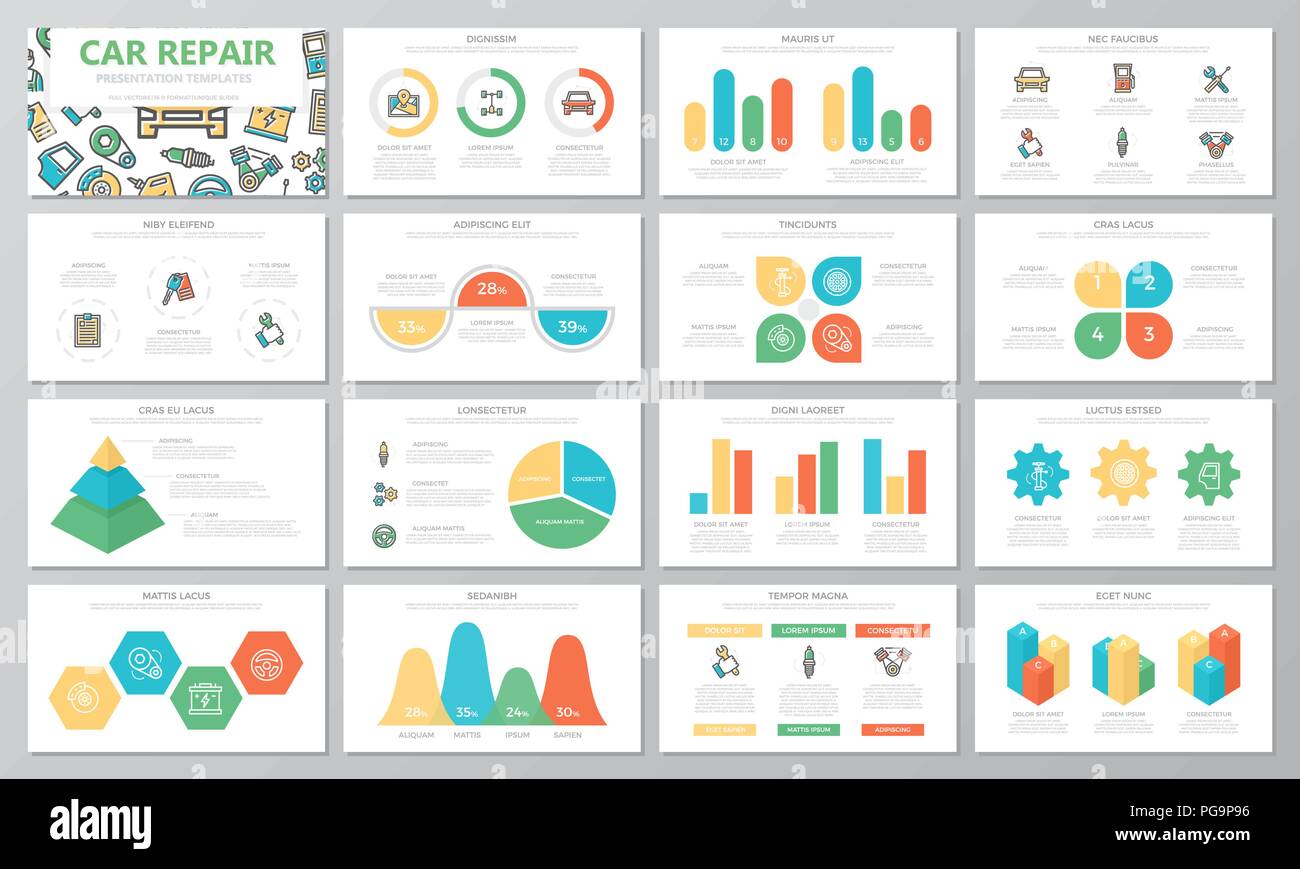Comprehending Your Car'S Warning Lighting: What Do They Really Mean?
Comprehending Your Car'S Warning Lighting: What Do They Really Mean?
Blog Article
Writer-Faulkner Corbett
When you're behind the wheel, those glowing warning lights on your dashboard can be a bit bewildering. Do you understand what they're trying to inform you regarding your auto's health and wellness? Understanding the value of these lights is crucial for your safety and security and the long life of your vehicle. So, the next time one of those lights pops up, would not you wish to decipher its message accurately and take the required steps to address it?
Common Warning Lighting and Interpretations
Recognize typical warning lights in your cars and truck and understand their definitions to make sure risk-free driving.
One of the most normal caution lights include the check engine light, which signals concerns with the engine or emissions system. If this light comes on, it's essential to have your automobile checked promptly.
The oil stress advising light shows low oil stress, calling for immediate attention to avoid engine damage.
A flashing battery light might suggest a faulty charging system, potentially leaving you stranded otherwise resolved.
The tire stress tracking system (TPMS) light notifies you to reduced tire pressure, impacting automobile stability and fuel efficiency. Ignoring this could lead to unsafe driving problems.
under car sealing near me shows an issue with the anti-lock braking system, jeopardizing your capability to stop swiftly in emergency situations.
Finally, the coolant temperature level warning light warns of engine getting too hot, which can cause severe damage otherwise solved quickly.
Understanding these usual warning lights will certainly help you attend to concerns promptly and maintain safe driving conditions.
Relevance of Prompt Attention
Understanding the typical warning lights in your car is only the first step; the significance of without delay attending to these warnings can not be highlighted enough to ensure your security when traveling.
When a caution light illuminates on your control panel, it's your automobile's way of interacting a prospective issue that requires attention. Overlooking these cautions can bring about extra severe issues later on, compromising your security and potentially costing you much more in repairs.
https://www.stltoday.com/news/local/crime-and-courts/auto-shop-employees-report-seeing-fireball-shoot-up-from-basement-as-roof-collapses/article_058fed9c-f9ce-5ada-bc69-4342d6f4b5b4.html to cautioning lights can protect against failures and crashes. For example, a flashing check engine light can suggest a misfire that, if left neglected, can trigger damage to the catalytic converter. Addressing this immediately can save you from a costly repair.
In a similar way, a brake system cautioning light may signify low brake fluid or used brake pads, important elements for your security when driving.
Do It Yourself Troubleshooting Tips
If you observe a caution light on your control panel, there are a few DIY fixing ideas you can attempt prior to looking for professional assistance.
The very first step is to consult your auto's manual to understand what the specific caution light suggests. In some cases the problem can be as simple as a loosened gas cap causing the check engine light. Tightening up https://air-lift-performance39406.blog2freedom.com/32112561/just-how-can-mobile-cars-and-truck-describing-transform-your-lorry-treatment-experience-while-making-sure-high-quality-discover-the-key-elements-to-think-about-prior-to-picking-a-detailer may fix the issue.
An additional usual problem is a reduced battery, which can cause different alerting lights. Examining the battery connections for deterioration and guaranteeing they're safe could deal with the issue.
If a warning light persists, you can attempt resetting it by separating the cars and truck's battery for a few minutes and after that reconnecting it. Additionally, checking your car's fluid degrees, such as oil, coolant, and brake liquid, can aid fix advising lights connected to these systems.
Final thought
Finally, comprehending your auto's warning lights is vital for maintaining your automobile running smoothly and securely. By immediately dealing with these alerts and understanding what they imply, you can avoid costly repairs and prospective break downs.
Remember to consult your auto's manual for certain information on each advising light and act appropriately to guarantee a trouble-free driving experience.
Keep informed, stay safe when driving!
